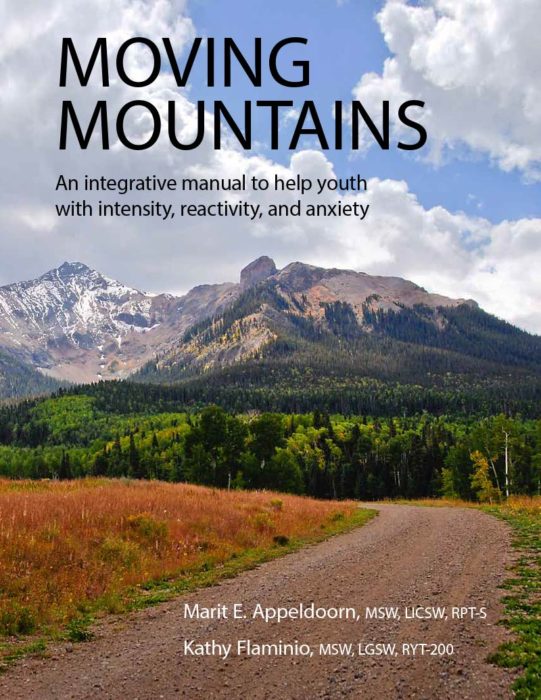David, age eight, is struggling to get through an advanced-level reading worksheet at school. His cheeks flush bright red and he stands up, starts pacing, and yells, “This is so STUPID!!”
His teacher, Mr. Jordan says, “That’s not helping, but I know what will. Let’s stop and take a deep breath together.” David’s fists clench as he screams, “NO!!!” and he throws the worksheet and everything else on his desk on the floor.
David’s story is just one example of something that happens often for children struggling with intense emotions and behaviors. This can be frustrating and discouraging for adult helpers who may say, “These strategies I learned seemed so good. Why don’t they work?”
Through advances in neuroscience and brain-based theory we’ve come to understand that as intensity escalates, certain areas of the brain go ‘offline’ as the nervous system moves into fight-or-flight survival mode. David wasn’t able to respond to the direct coaching from his teacher, because those parts of his brain were temporarily not available.

However, if we match the type of interventions we use with the level of intensity we’re observing, it becomes much easier to help a child become regulated again. In our book Moving Mountains, we call these intensity levels Zones. Each of the three “mountain” zones includes the following behaviors and helpful interventions:
- Foothills Zone: mild activation and intensity (logic and verbal coaching to use calming skills)
- Treeline Zone: moderate activation and intensity (physical discharge and regulation)
- Snowline Zone: high activation and intensity (calm presence and focusing on emotional and physical safety)
What could happen if Mr. Jordan first acknowledged David’s frustration and then used a Treeline Zone releasing intervention?
For example: Mr. Jordan takes a slow breath and grounds himself by bringing attention to his feet. Then he slowly and intentionally walks over to David and says, “Hey, I can see this is really hard and what I said about breathing didn’t help. What if we just take a quick break? I’ve got my super bouncy ball. Want to bounce the ball back and forth for a while? Then maybe go back to the worksheet?”
Grounding yourself first and acknowledging your intervention didn’t work helps a child feel seen and understood and they can depend on your nervous system to help them regulate. Then giving a strategy that addresses David’s mind and body in the moment can promote self-regulation (and co-regulation). Bouncing a ball provides the opportunity for regulation through rhythm, tracking, and connection.
Want to learn more about the Moving Mountains book and the training we offer? Click here to sign up for our Moving Mountains Workshop on February 7.

